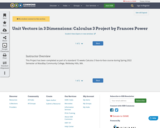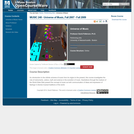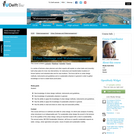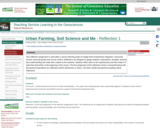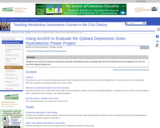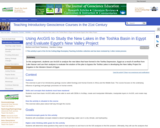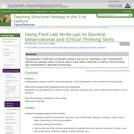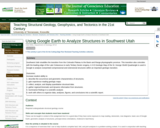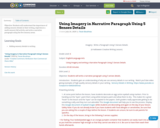Below is just one example of the field based problems that my class has undertaken. We undertake a number of other projects that are described briefly in the attached document. I provide students similar documentation for the other projects.
Attached are the following documents:
1) Project proposal (containing: over of potential types of projects, proposal requirements, survey design considerations, project background material and outline of project)
2) Conducting the field surveys
3) Final project (and possible variations)
Students conduct a field geophysical study on the Lake Superior State University campus that was a U.S. military camp in the 1950's and 1960's. There are concerns as to whether the military left anything buried behind such as underground storage tanks, unexploded ordinances, buried drums, etc. The study area is the likely location of the next campus housing building. After undertaking this study we were contacted by the US Army Corps of Engineers and the Michigan Department of Environmental Quality to see our results which students presented to them. The US Army Corps of Engineers and Michigan Department of Environmental Quality are now using our results as they examine what might have been left behind at the facility. Students were excited about undertaking a "real study" answering an important question where the results were unknown to anyone a head of time.
Overview of project design
1) a. Students design the geophysical survey (written and oral presentation) including which instruments to use and why, what are the survey characteristics (I provide guidelines for survey time constraints)
b. Students must create models of expected anomalies for each of the different instruments proposed
c. Students discuss and debate the merits of the various proposed geophysical techniques and survey characteristics
2) Students carry out the field geophysical survey as teams
3) Students use computers to process, display, model and interpret the geophysical data they collect
4) Students present results of the study both orally and in a written form (e.g., technical report, scientific paper, scientific poster, etc. depending on year and other projects)
Addresses student fear of quantitative aspect and/or inadequate quantitative skills
(Note: this resource was added to OER Commons as part of a batch upload of over 2,200 records. If you notice an issue with the quality of the metadata, please let us know by using the 'report' button and we will flag it for consideration.)
